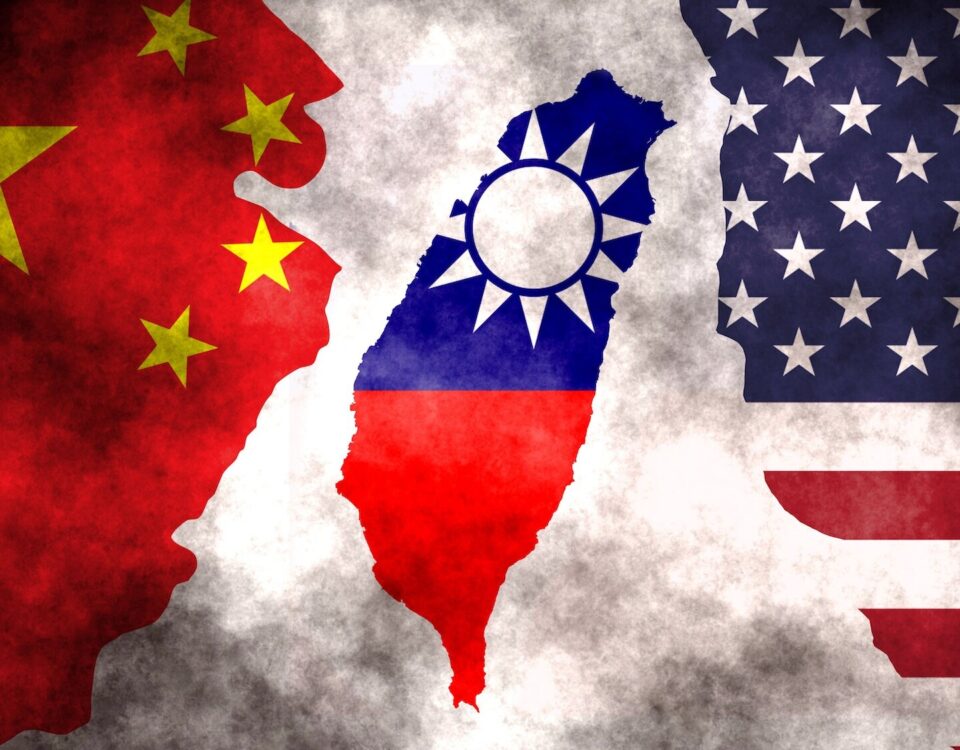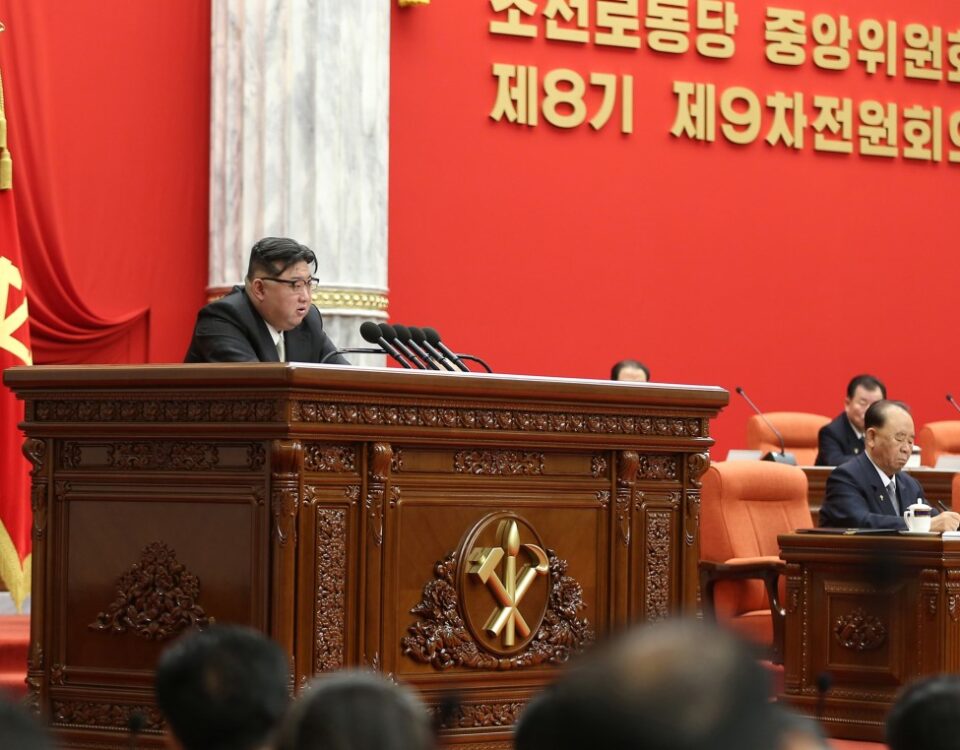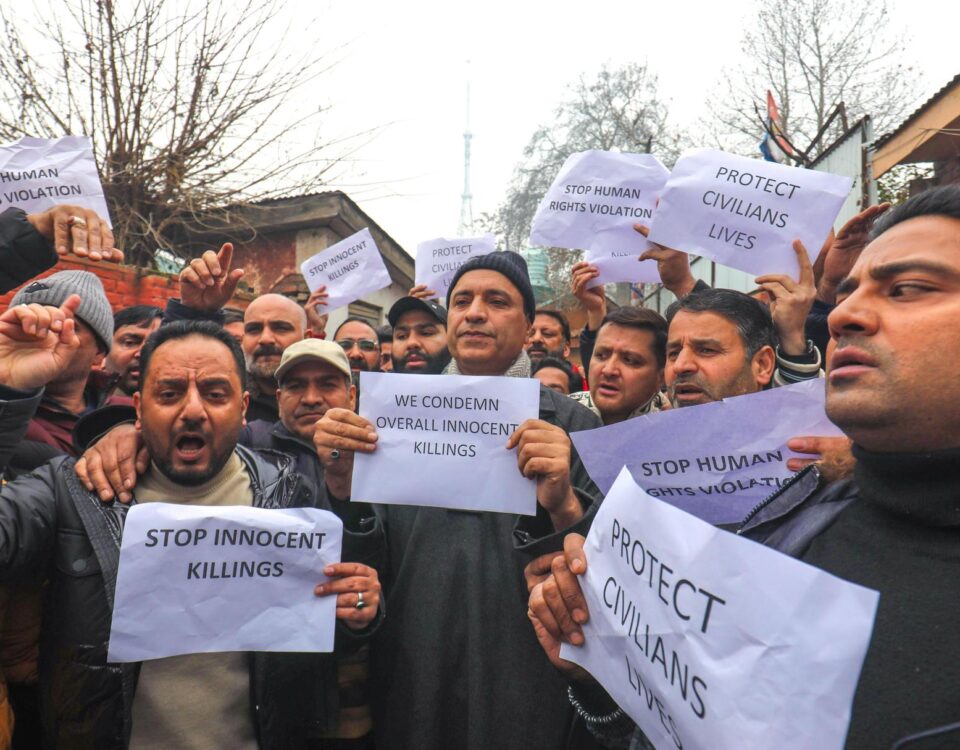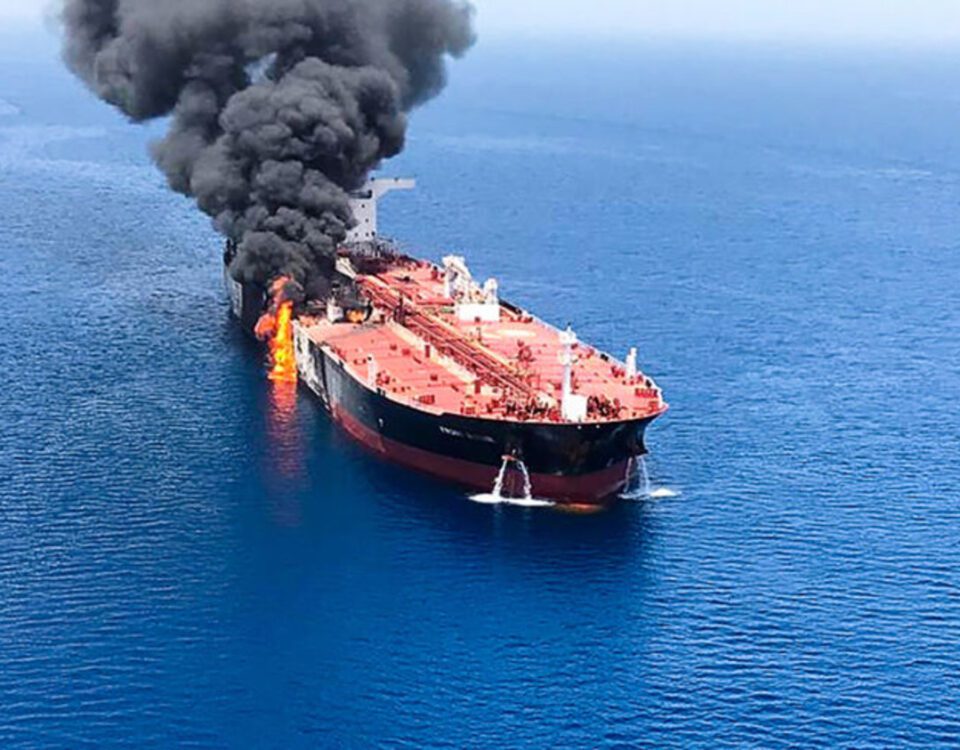
China’s Climate Efforts
December 4, 2023
Pakistan’s Global Security Efforts
December 8, 2023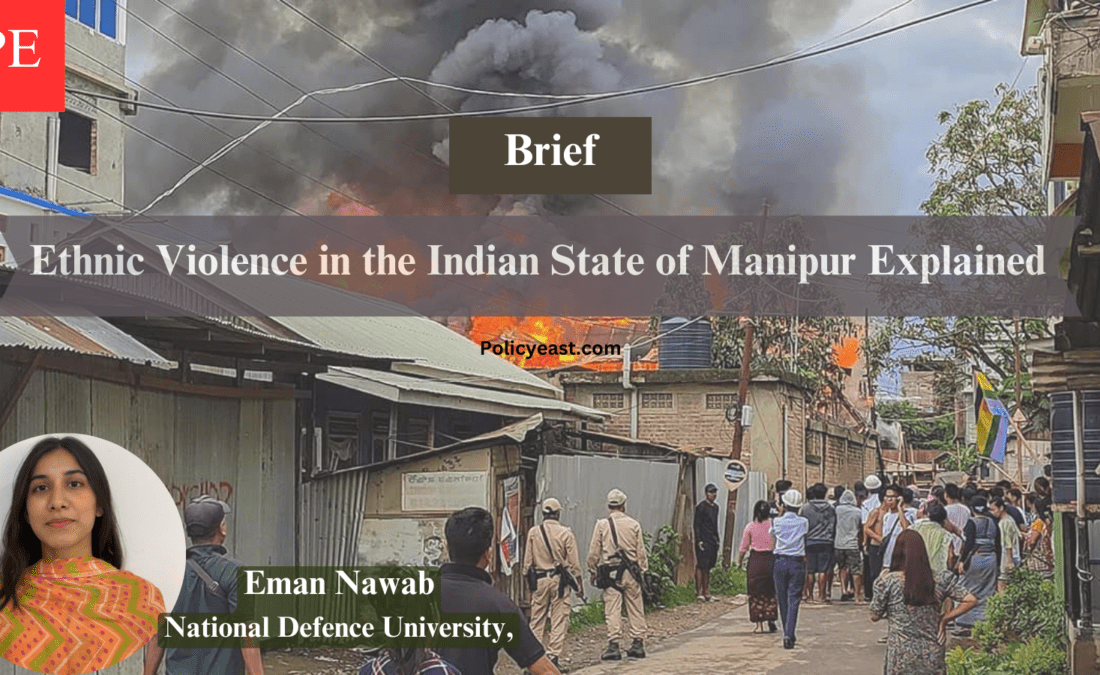
Eman Nawab
“This time, the conflict is strictly rooted in ethnicity, not religion,” – Dhiren A Sadokpam (Editor Frontier Manipur)
At least 13 people have been killed in the fierce exchange of armed violence in the Indian state of Manipur. This is yet another unfortunate episode in the region since May when ethnic violence once again erupted in the state. More than 180 people have lost their lives in the violent clashes between the communities namely the Meiteis and the Kukis. The main issues between the two parties revolve around competition for resources especially land and public jobs. The two groups have their militias and clashes between the rivals are an often occurrence.
Manipur’s Population Geography:
Manipur is in the North-East of India and is one of the eight states of the country. Being a hilly region the views there are beautiful however the scenes since May this year are horrific and heartbreaking. 3.3 million people inhabit the region. More than half the population are Meiteis while the remaining populations are Kukis and Nagis, both being minority tribes.
The Kuki community which is mainly Christians constitutes about twenty-eight percent of the state’s population whereas the Meities, Hindus by religion form fifty-three percent of the population. However, the Kuki majority resides in the hills which make up ninety percent of the land area with the remaining ten percent being the valley where the Meiteis reside.
The ongoing violence since May:
The situation in the North Eastern state of India has escalated on May 3. Since then, more than 180 people have been killed and 23,000 local people have been displaced. Many have gone to camps run by the Army for refuge. More than forty thousand troops have been deployed to contain the violence and restore order within the state. As reported by an Indian news channel, in the incidents of May 3 alone around 60 people lost their lives, 231 got injured and 1700 houses were burnt down by the protestors.
Now the question is what ignited the conflict? It all started in the state’s capital city Imphal on May 3rd. The Naga and Kuki tribes took part in a rally protesting against the majority Meitei ethnic group. The protest was against the Meitei being given the Special Scheduled Tribe (ST) Status. The Meiteis have long demanded and campaigned to be given this status. This would enable them to have access to certain state benefits. Tensions between the groups were ongoing even before, but the protests of May 3rd were the boiling point. The protestors set fires to infrastructures such as buildings and even vehicles were set ablaze.
History of unrest and insurgency in Manipur:
Manipur had been an area familiar with unrest and violent clashes even during the British Era. In 1947 during the partition of the Sub-continent, Manipur acceded to India. This should have solved problems but sadly it didn’t. Just two years later the Naga Insurgency began with demands for a separate country. The Meiteis also took up arms in hopes of regaining the lost glory of the Manipur Kingdom which meant they were up against two fronts; the Indian government and the Naga insurgents. Soon Kuki insurgents with demand of a separate state within India emerged as well.
Later in 1993, there was major violence in the region with hundreds of innocent civilian lives lost.
Demands of Meiteis in Present day:
Coming to the present day these wounds have still not healed. Today the Meiteis have two complaints. The first is the threat they feel against their cultural values and language. Secondly, they believe the illegal migration of Kukis from Myanmar is changing their state’s demography. Hence the Meties have proposed what they think of as a solution. They want to be declared as ST, the scheduled tribes. The Kukis are already in ST. The Meities want the same status for themselves as this would give them quotas in educational institutes and government jobs. The Kukis strictly reject such ideas. They claim that the Meiteis were rulers which meant they had political power hence there is no need for such special status. This has turned Manipur into a state of crisis.
The Central Government’s Response:
Prime Minister Modi maintained his silence on the matter for a very long time. He did not comment until 4th May when videos of women being paraded naked in streets surfaced. He said the incident had “shamed India” and that “what happened with the daughters of Manipur can never be forgiven”. However, the public criticizes him for staying silent for so long and blames his government for the chaos. Although the government has deployed its army the violence continues spreading from village to village and home to home.
References:
The writer is a student of Peace and Conflict Studies.


